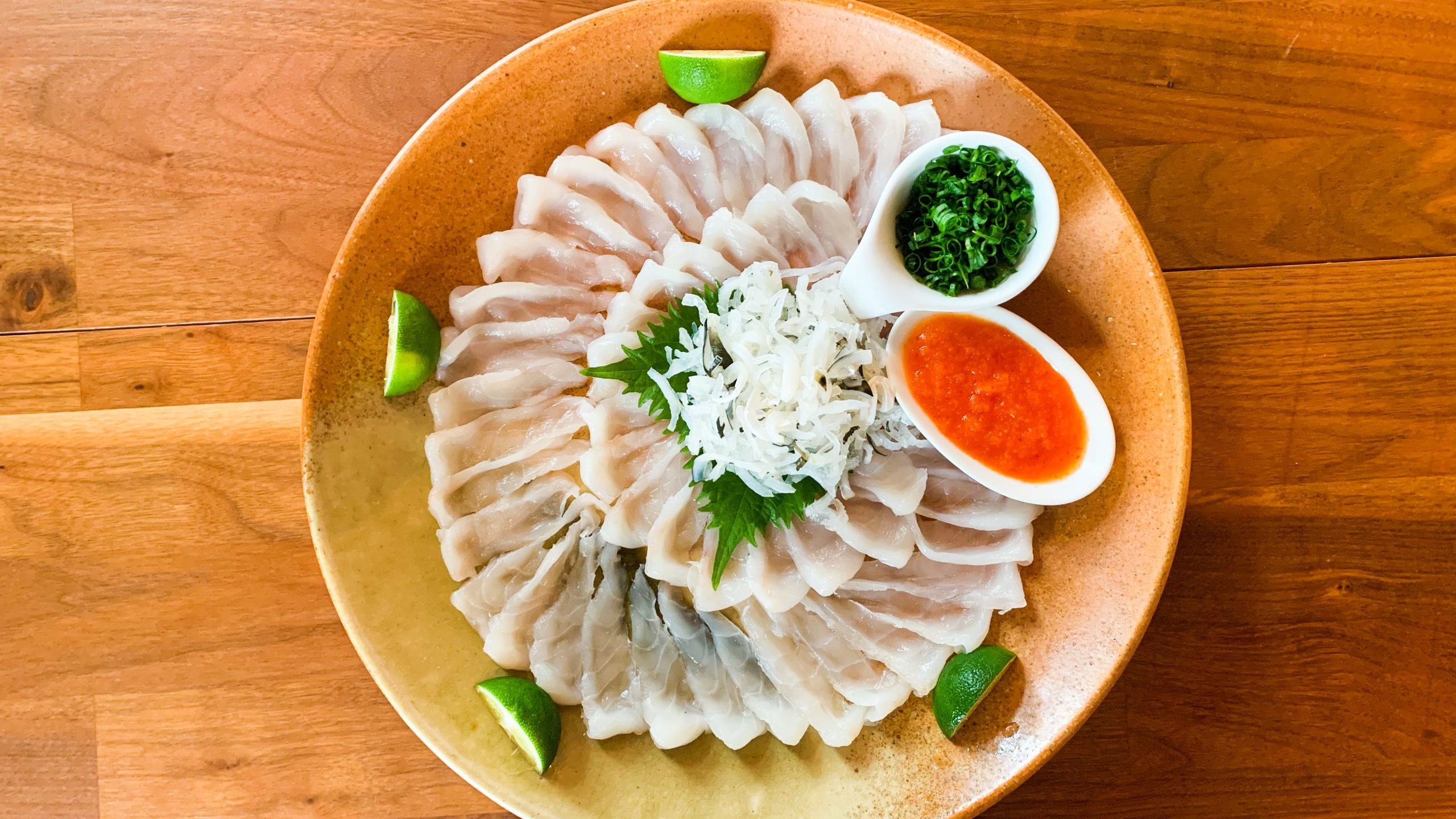

Steamboat Springs Sushi & Asian CusineĬome visit 720 Fusion Fresh at our Steamboat Springs, Colorado location for authentic Asian cuisine. That, however, is a choice for the individual. As fugu is a relatively mild tasting dish, without the element of risk, some question why a person would bother spending the tidy sum to order the dish when there is a lot more on the menu that may be more flavorful. Is Fugu Becoming Safer?ĭue to the demand, there is now a significant rise in farm-raised puffer fish, which lacks any traces of the tetrodotoxin, and therefore any risk to the consumer. In its fugu sushi state, the blowfish can have enough of the neurotoxin left in its little (improperly) filleted body to kill more than thirty full-sized people, including you. When put to use by the pufferfish, the substance is employed to keep predators away while it is alive, and apparently to exact revenge upon humans who dine at the fugu sushi table following its demise. Tetrodotoxin is one of the most powerful neurotoxins found anywhere in the world. So, knowing your chef isn’t having a bad day or that he has the right credentials can, in this case, literally be a matter of life and a horrible death by poisoning. you may run across a chef who does not have the qualifications for such precision work but prepares it anyway. The edible Globefish contains deadly poison, which is at least 1200 times stronger than cyanide. Some of these knives are worth over 1,500 and have been. We will start our experience inside Chef Suda's restaurant where he will show the fugu he will prepare and his personal collection of knives that are specifically made for preparing fugu. Before serving you the dish, the chef is required to taste the sushi to make certain it is safe for you to consume. HAIAN, CHINA - MARCH 26: (CHINA OUT) A chef displays an artificial-bred globefish at a farm of Zhongyang Group on Main Haian of Jiangsu Province, China. Tora fugu is further the highest grade of fugu in Japan and a single fish can cost upwards to 500.
#Fugu fish preparation how to
These elite few chefs, undergo a rigid learning program to fully understand how to remove the parts of the puffer fish’s body-most importantly the liver and ovaries-that house the tetrodotoxin. Fugu RequirmentsĬhefs who prepare and serve fugu sushi must be licensed and specially trained in the ways of the puffer fish’s particular preparation techniques. While the meat itself is not innately poisonous, the organs contain lethal amounts of a particular tetrodotoxin which may contaminate the meat if the fish is not prepared by a chef skilled in the art of fugu preparation. It has become synonymous with risk-taking, due to that, if incorrectly prepared, a diner risks death from even a single bite due to a potent neurotoxin found in the fish. It has achieved an almost mythological status in western cuisine. Japanese eat 10,000 tons of fugu a year.Fugu (foo-goo) is a dish made from the Pufferfish (blowfish). However, domestic preparation occasionally leads to accidental death.ĭespite all this fugu is popular dish. The restaurant preparation of fugu is strictly controlled by law in Japan and several other countries, and only chefs who have qualified through rigorous training are allowed to deal with the fish. There is no antidote, and so - human nature being what it is - the only food regarded as more alluring in Japan than raw fish is poisonous raw fish. Fugu contains lethal poison tetrodotoxin, an extremely potent neurotoxin and one of the most toxic substances known.Ī single fugu contains enough poison to kill 30 people, although no fish is on record for staging quite such a massacre. Use of (inedible) tree leaves and branches as decor is also characteristic of Japanese cuisine.įor countless centuries, one of the greatest and costliest Japanese delicacies has been fugu, or pufferfish. If something becomes available rather earlier than usual, the first crop or early catch is called hashiri. It’s almost like a completely different level of training, Suda says. Chefs with that specific skill set are in high demand, and with it comes higher pay. The hatsu-gatsuo or the first catch of skipjack tunas that arrives with the Kuroshio Current has traditionally been greatly prized. Learning to butcher and serve fugu requires deliberate, specialized training, and when Suda was enrolled in culinary school, fugu preparation was its own special track. bamboo shoots in spring, chestnuts in the fall) as well as the "bounty of the sea" as they come into season. Seasonality means taking advantage of the "bounty of the mountains" (e.g. Much like the haiku poem, traditional Japanese cuisine strives to make a presentation of the seasonality (shun). Some of Japanese dishes that are well known outside the country are sushi, sashimi, tempura, and buckwheat noodles (soba). A wide variety of fish, squid, octopus, eel, and shellfish appear in all kinds of dishes. Japanese diet always relied mainly on "grains with vegetables or seaweeds as main, with fowl meat secondary, and mammal meat in slight amounts.Īs an island nation, the Japanese take great pride in their seafood.


 0 kommentar(er)
0 kommentar(er)
